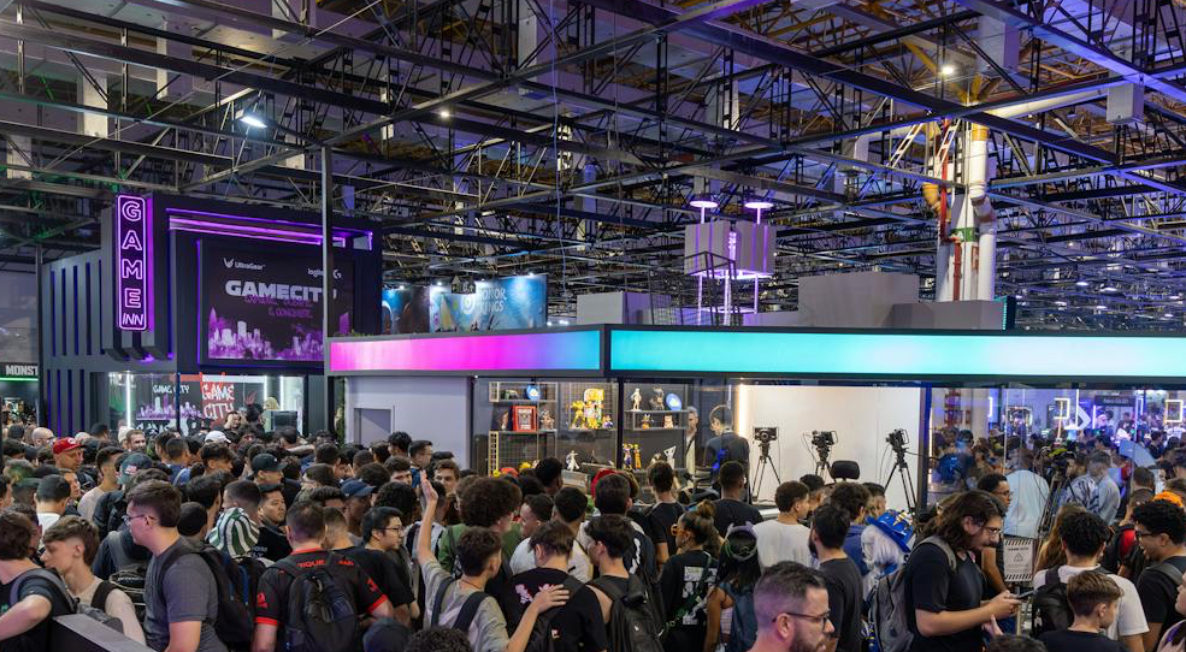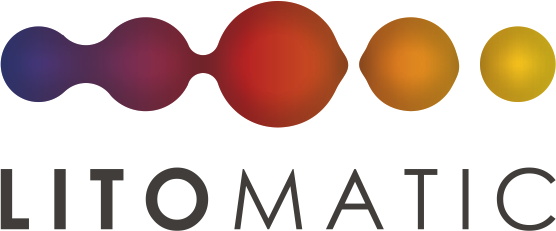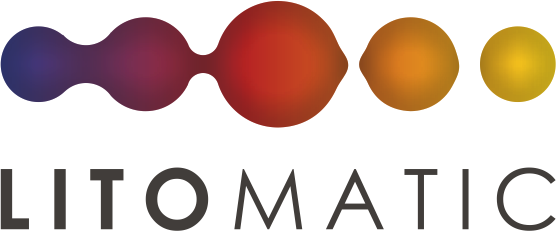
The Ultimate Guide to Exhibition Lighting
Any display requires exhibition lighting as its essential element to achieve successful presentation in art galleries and trade shows together with museums and retail outlets. The proper lighting system serves two purposes: visible illumination of exhibits and visual enhancement and direction of visitor attention and experience creation. A complete reference manual investigates exhibition lighting while presenting principles of best practice, different lighting types, and strategies to generate successful lighting arrangements.
Understanding the Importance of Exhibition Lighting
The main functions of exhibition lighting extend far beyond the need for simple illumination. The chosen illumination creates atmosphere, emphasizes major components, and shapes visitor perception of display objects. Differing lighting conditions create either inviting or uninviting exhibits because proper illumination draws people in while inadequate lighting pushes them away.
Key Considerations in Exhibition Lighting Design
The main goal of exhibition illumination serves to make objects visible while making them attractively displayed. Lighting needs to be made specific to exhibition requirements which include artwork display and product display and informational display presentation. The selected lighting approach needs to support both the exhibition theme and its main objectives.
- Mood and Atmosphere
The way space ambiance manifests relies heavily on the choice of lighting in an exhibition area. The selection of warm versus cool illumination generates either comforting and inviting spaces or modern and business-oriented areas. The exhibition’s desired mood dictates which color temperature and intensity choices should be used.
- Flexibility and Adaptability
The exhibition sector normally presents different displays which periodically get rearranged because of changing contents or goals. An adaptable lighting system must exist to suit flexible design arrangements for multiple exhibition display needs. Track lights with adjustable aspects provide exhibition spaces with necessary adaptability for showcasing changing exhibitions.
- Energy Efficiency and Sustainability
The implementation of LED lighting represents a critical element for sustainable operations because it enhances efficiency while lowering expenditure. Materials that utilize LED technologies need less energy, use their illumination longer and generate fewer temperatures when compared to standard conventional illumination sources. Using energy-efficient lighting creates positive impacts on environmental protection while lowering operation expenses.
Types of Exhibition Lighting
Track Lighting
Exhibitions commonly use track lighting because of its flexibility together with its adjustable features. This system provides accurate control of light distribution which makes it an excellent solution for exhibit highlights. Track lights allow users to move their positions freely when changing display setups.
Linear Lighting
Linear lighting systems create uniform illumination distribution that becomes appropriate for covering extended areas so exhibitions benefit from this type of lighting system. This system ensures all items in the display area remain easily visible through its uniform illumination. Linear lights provide a modern appearance when installed into ceilings or mounted on walls.
Spotlights
Non-directional bright objects serve as exhibition highlights to feature specific displays and exhibition elements. The focused beam from these lights produces visual contrast that highlights details in the exhibition. The concentrated beam of light from spotlights functions best as a tool for drawing attention to essential artwork pieces and sculptures as well as main products.
Floodlights
Floodlights create broad illuminated areas combined with strong illumination which suits large expansive areas and produces dramatic lighting effects. An exhibition space gains brightness through the use of wall washing techniques with these fixtures or by applying them to enhance overall brightness.
Lighting for Different Types of Exhibitions
Art Exhibitions
Artworks require special care when it comes to lighting. Paintings and sculptures often have textures and color palettes that can either come alive or fall flat depending on the lighting. Use high CRI lights and avoid UV exposure. Choose lighting that replicates natural light to maintain the authenticity of colors. Spotlights, track lights, and wall washers are popular for such settings.
Product Exhibitions
For trade shows and commercial exhibits, lighting must be vibrant and attractive. The goal is to make products stand out, drive customer interest, and highlight features. Accent lighting, color tunable LEDs, and creative use of shadows can help draw the eye and tell a product’s story.
Museum Exhibitions
Lighting in museums should serve educational and preservation purposes. Soft, diffused lighting with low UV output ensures artifacts are visible but protected. Motion-controlled lighting is also useful here — exhibits light up when visitors approach and dim down when no one is nearby, extending the lifespan of sensitive materials.
Innovations in Exhibition Lighting
The world of exhibition lighting is evolving rapidly, with technology bringing in new possibilities:
- Tunable White LEDs: These allow you to shift between warm and cool tones to match the time of day or mood.
- RGB Lighting: Perfect for creative and thematic exhibitions, RGB lights let you play with a wide spectrum of colors.
- Wireless Control Systems: Control lighting wirelessly through smartphones, tablets, or automation hubs.
- Sustainable Lighting: With growing environmental concerns, more exhibitions are opting for solar-powered or highly efficient LED systems.
Cost Considerations and Budgeting
Lighting budgets vary widely depending on the size of the exhibition, the type of fixtures used, and the sophistication of the lighting control system. Here are a few cost-saving tips:
- Opt for LED fixtures: Though initially more expensive, they save money in the long run due to lower energy use and longer lifespan.
- Invest in modular systems: Track lights and portable fixtures can be reused in multiple exhibitions.
- Use smart controls: These reduce energy consumption and extend fixture life.
- Rent when possible: For short-term exhibitions, renting high-end fixtures can save costs without compromising quality.
Conclusion
The setup of spotlights with a quick switch change does not define exhibition lighting. The practice of exhibition lighting requires the perfect union between artistic sensibilities and scientific knowledge of technology alongside effective storytelling. Through proper illumination you can establish mood, guide visitors’ gaze and achieve enhanced whole presentation quality in gallery showcases, product exhibitions or educational displays.
Your exhibition will truly captivate visitors by following a strategic approach to goal understanding, fixture selection and lighting design organization and future-proofing adaptations. Modern innovations combined with sustainability efforts make exhibition lighting ready for an interactive transformation during the coming years.

